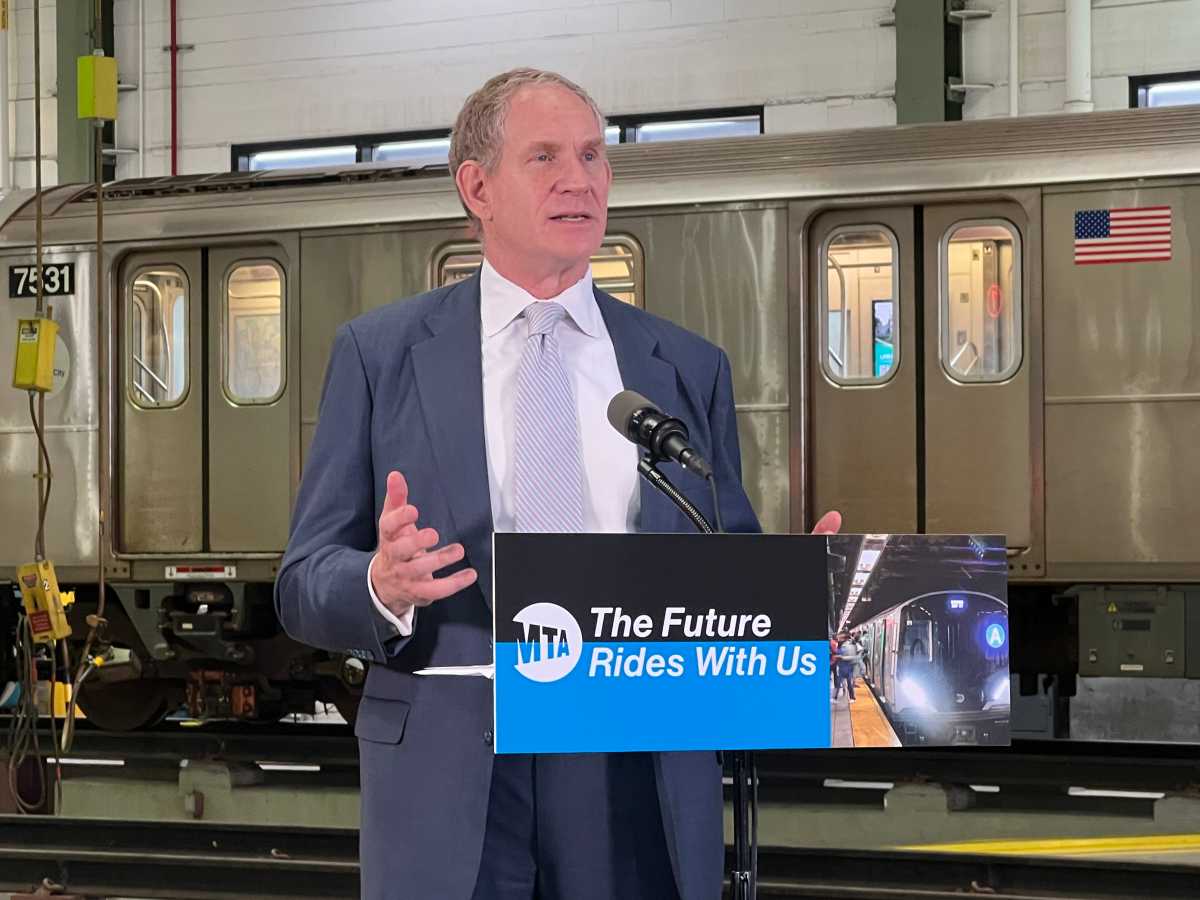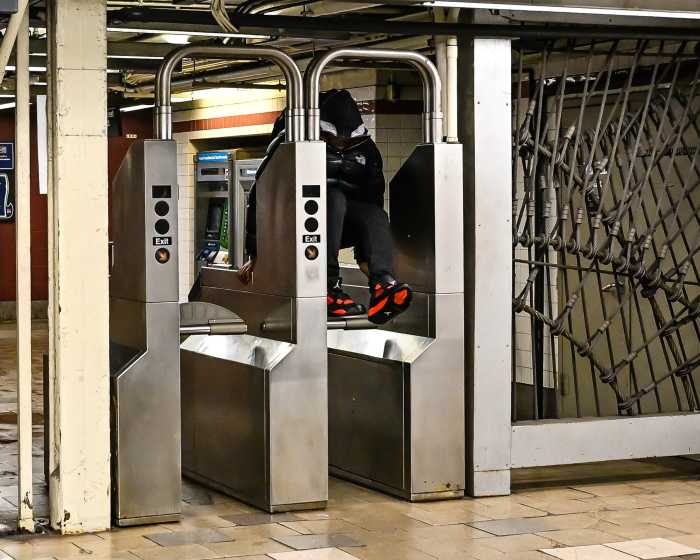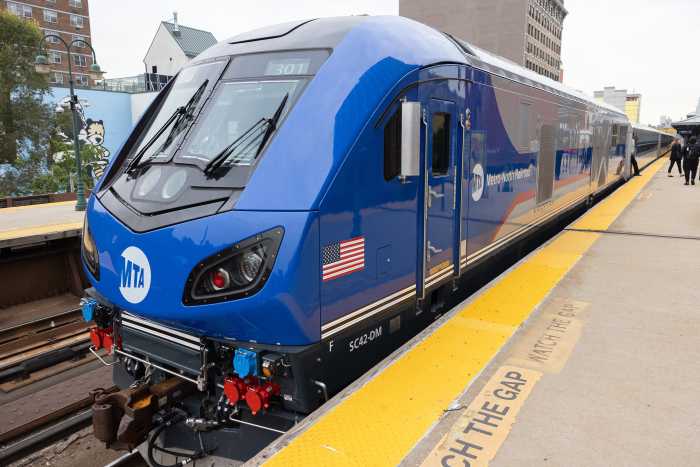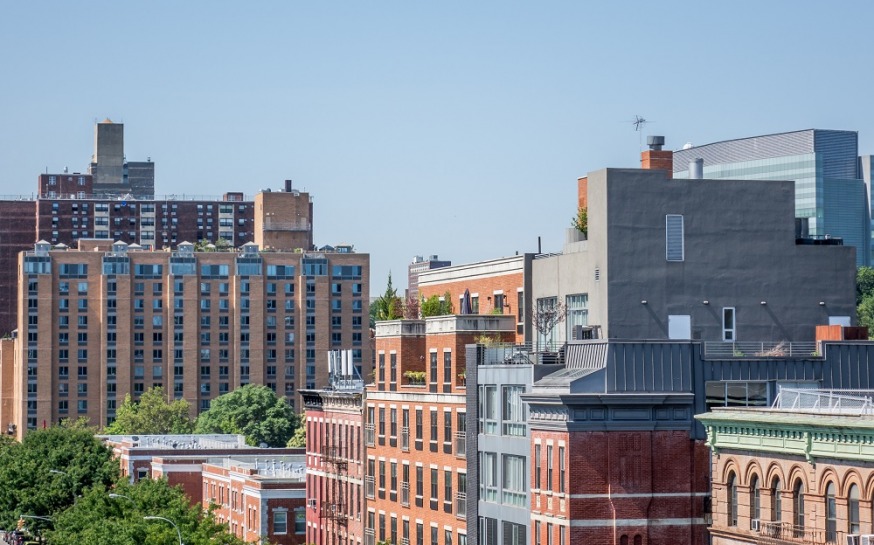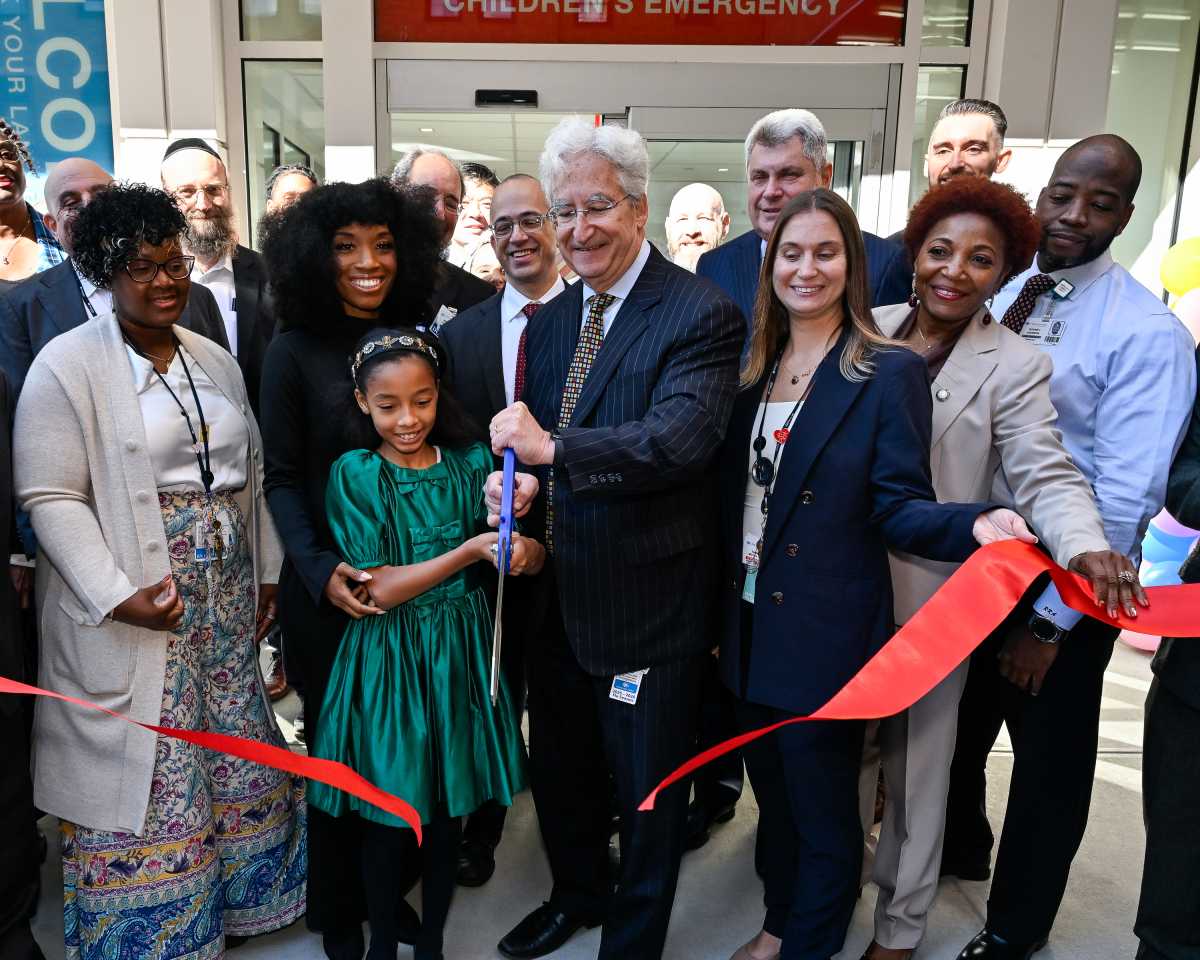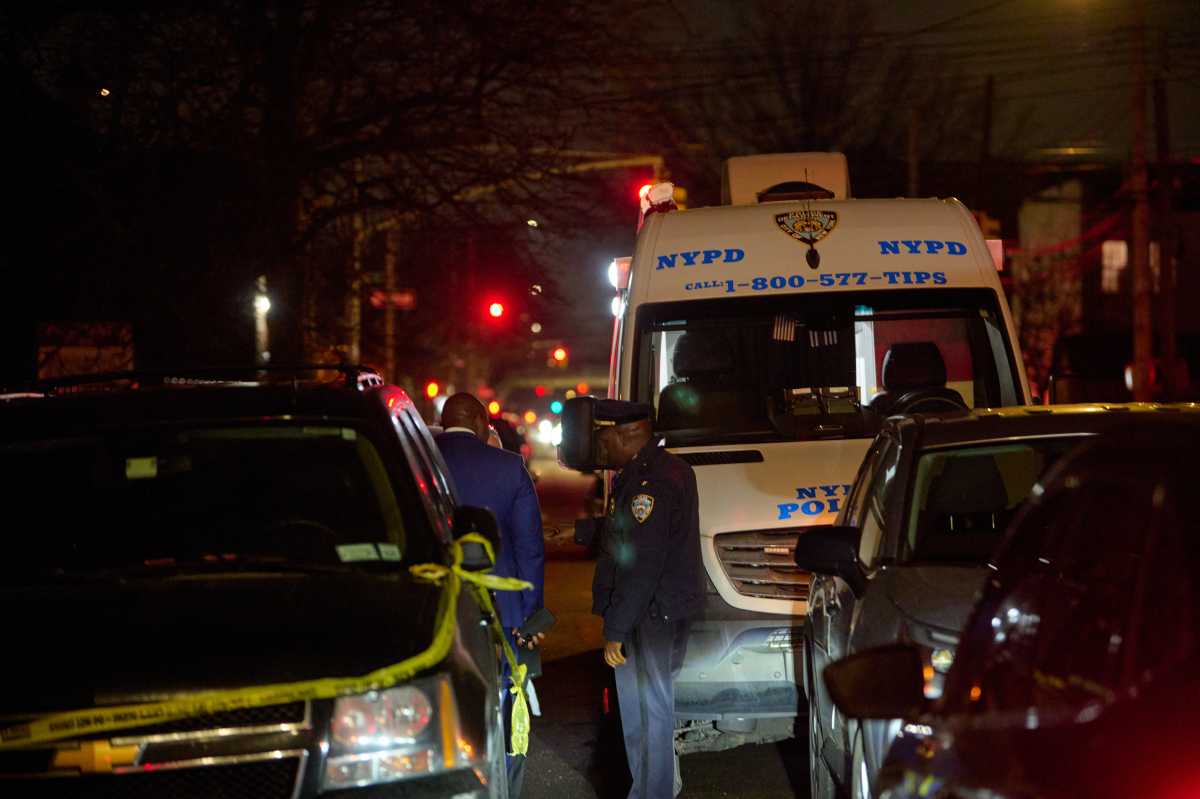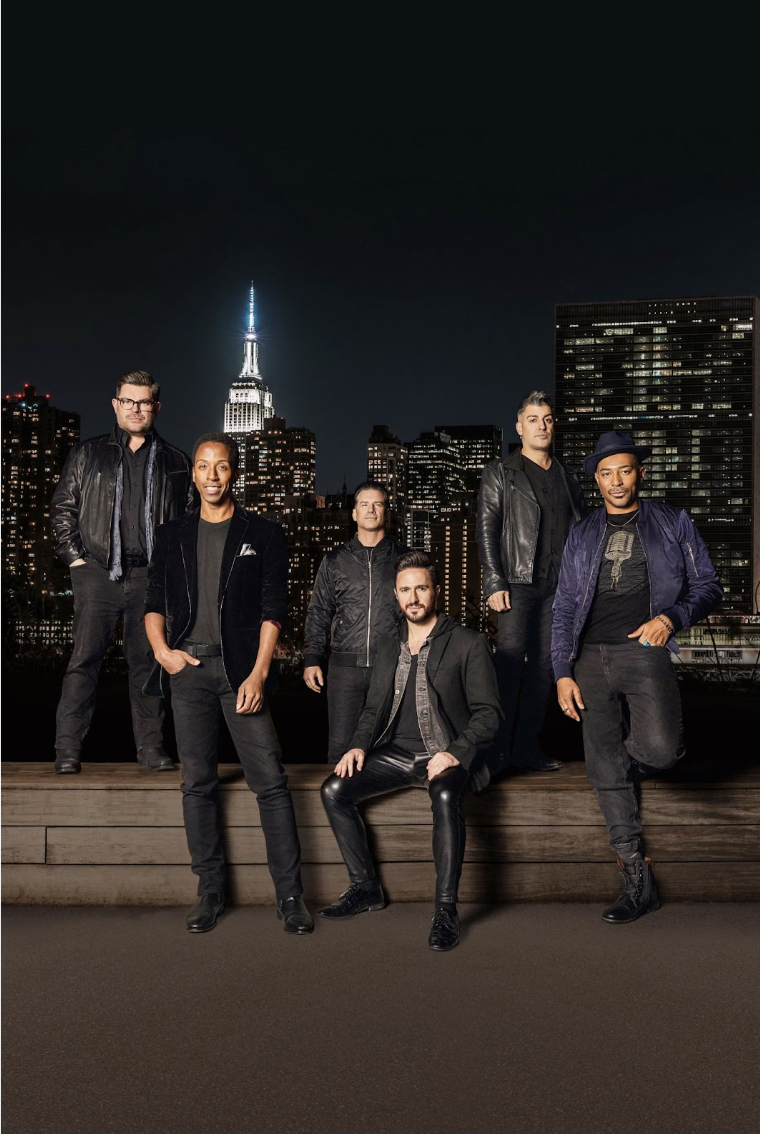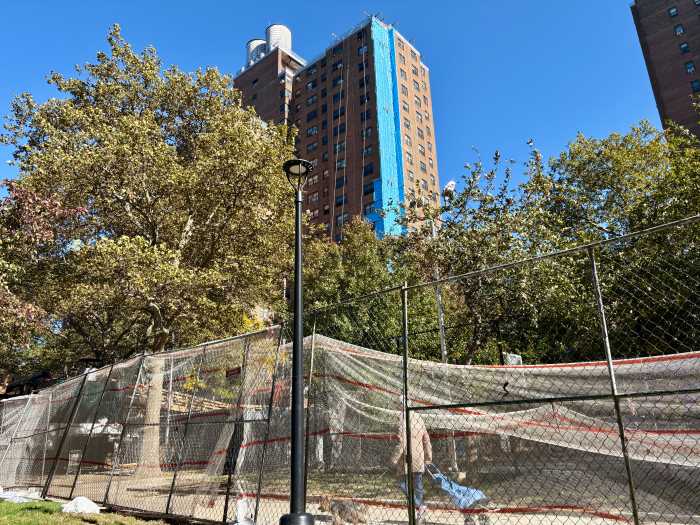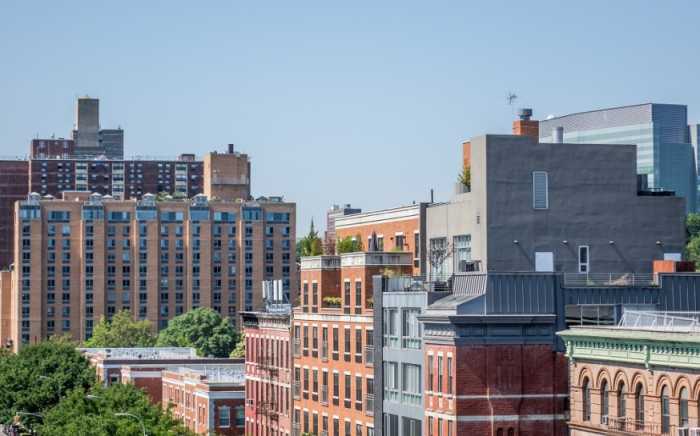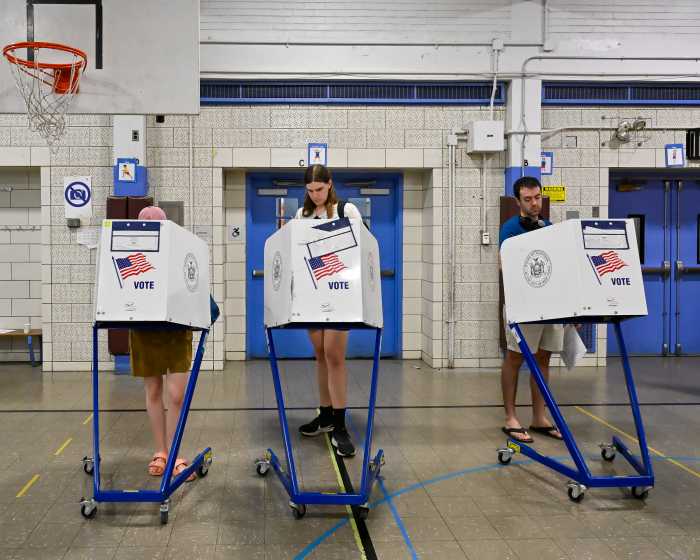New York isn’t New York without the transit system, and the transit system can only survive if there is continued investment in the MTA. That’s the guiding principle of our new $68.4 billion Capital Plan, which will be voted on this week by the MTA Board.
I was proud to unveil it last Wednesday alongside MTA Construction & Development President Jamie Torres-Springer at the Corona Yard in Flushing, Queens. That was a symbolic location. Corona Yard is the heart of the 7 line, one of the fastest and most reliable in the subway thanks to its modern signal system. All customers deserve to have the same experience as those riders – 2 to 3-minute headways during the peak and 90+% on-time performance.
Under the new plan, riders on an additional eight subway lines can look forward to equivalent service thanks to a $5.4 billion investment to replace 75+ miles of outdated signals – some installed as far back as the Franklin D. Roosevelt administration. No more of those announcements about delays due to signal issues.
And that’s just the start of improvements riders will see. The new Capital Plan is a wide-ranging proposal that addresses many of the underlying issues plaguing the MTA.
Service suffers because of old equipment and power systems, antiquated maintenance facilities, and deteriorating infrastructure. We’re trying to fix that – by purchasing 2,000 new subway and railroad cars and 500 zero-emission buses, modernizing maintenance facilities, and rebuilding critical components across the network.
We’re going to continue expanding accessibility with at least another 66 ADA projects in subway and commuter railroad stations. By 2029, more than half of the subway system will be accessible at stations serving 75% of riders, and LIRR and Metro-North are poised to achieve full accessibility at 90% of stations.
On resiliency, we’re investing $800 million to protect Metro-North’s Hudson Line against sea level rise, and another $700 million to rehabilitate pump rooms and implement street level mitigations to keep water out of the subways.
Also hugely important: this Capital Plan is going to deal with fare evasion in a serious, long-term way. Replacing today’s turnstiles with a modern system, the fare array of the future will shut the door on fare evasion at 150 stations that serve 75% of all customers. By doing so, it will help prevent excessive fare increases landing on the honest riders who do pay.
To be sure, $68 billion is a big number, but I’m confident this is the right size and the right plan. The MTA is an asset valued at around $1.5 trillion, parts of which have been falling apart for decades.
The need is real, and you don’t have to take my word for it. We asked JP Morgan to look at what other organizations with aging infrastructure – utilities, freight railroads, etc. – are doing to maintain their systems. And based on their findings, they recommended an even larger number for the appropriate level of capital investment in MTA – a range of $16-23 billion annually. More than $100 billion over five years!
Even New York State Comptroller Tom DiNapoli – widely considered a serious reviewer of this agency’s capital needs – agreed in an independent review that we should be spending as much as this plan or more.
I know question number one is ‘how are you going to fund it?’ But my question is, how do you not? How do you not invest in a transit system that is the lifeblood of the City, which virtually every New Yorker depends on to access jobs, education, medical care, and everything else in our lives? A system that not only enables a powerhouse regional economy, but also makes New York the greenest urban area in America?
We must invest in the future of transit, and once Albany decides on funding sources in the next budget season, we will.
Janno Lieber is MTA chair and CEO.
Read More: https://www.amny.com/nyc-transit/



